Muscle Soreness
Muscle soreness is a common sensation experienced by many people, especially after engaging in physical activity or exercise. It can vary in intensity and duration and is often referred to as delayed onset muscle soreness (DOMS).
What is a Muscle Soreness?
Muscle soreness after training (also referred to as delayed-onset muscle soreness or DOMS) that is caused by hurt to muscle tissue. this damage, or micro-tearing, happens, and your body starts the restoration process by triggering inflammation at the injured site
Muscle soreness happens because muscle and connective tissue get injured during a workout. This is completely routine and nothing to fear about, though. It’s required for muscle gain since muscle is built back more powerful during this restoration procedure.”
This injury comes in the form of small microtears, which trigger inflammatory reactions.
Pathophysiology
Eccentric muscle contractions result in greater disturbance to the structural components of the muscle and connective tissue than concentric exercise, which is why DOMS is more extreme with eccentric than concentric forms of exercise.
Eccentric contractions recruit fewer motor units, and thus the power generated is distributed over a smaller cross-sectional region of the muscle. This increased tension per unit area causes greater harm to the tissue.
Cause of Muscle Soreness
- Muscle soreness has causes that aren’t caused by an underlying disease. Examples include intense workouts, prolonged sitting, lying down, doing a new physical workout for the first time, or side effects of medication.
- Fluid collects in the muscles, placing additional pressure on the injured regions, leading to that familiar sensation of tightness and pain that typically starts to develop 12–24 hours after your exercise.
- While you create a little bit of damage whenever you exercise, certain workouts are notorious for higher levels of damage by extension.
- In particular, any exercise that is new to you, more extreme than normal, and affects a lot of eccentric actions will probably induce more injury & soreness than other kinds of exercises.
- This damage comes in the form of tiny microtears, which trigger an inflammatory response.
- Muscle soreness is not equal, there are two types of muscle soreness:
Types of muscle soreness
Acute muscle soreness:
Acute muscle soreness is felt during or immediately after a workout.
Delayed onset muscle soreness:
Delayed onset muscle soreness starts 24 to 72 hours after a workout. This is the ache and immobility you feel the day after you work.
It stems from microscopic tears in your muscle fibers and the surrounding connective tissues during workouts. It usually occurs after using your muscles in a way they’re not used to, like with a new or more intense.
Chronic Soreness
Chronic or persistent muscle soreness that lasts beyond a few days may be a sign of overtraining, inadequate recovery, or an underlying medical condition. Consult a healthcare professional if you experience persistent or severe muscle soreness.
Other conditions that cause muscle soreness
- Abdominal strains.
- Back strains and sprains.
- Broken bones and traumatic injuries.
- Tendinitis.
- Tendinosis.
Symptoms of Muscle Soreness
- Muscles that sense tender to the touch
- Decreased range of motion (ROM) because of pain & stiffness when moving
- Swelling in the affected muscles
- Muscle fatigue
- Short-term loss of muscle strength
- aching pain in the involved muscle, usually connected with tenderness and stiffness
- Pain is not felt while a muscle is at rest but rather when it is lengthened, contracted, or put under strain.
Diagnosis
- Blood tests: To check enzyme, hormone, and electrolyte levels & for infection.
- MRI /CT scene: To check for muscle injury or damage.
- Electromyography: To check electrical activity in nerves and muscles.
- Muscle biopsy: To look for muscle tissue changes that might involve neuromuscular diseases.
When to consult your DOCTOR?
- Your symptoms are recurrent or last more than 7 days Individuals should call their doctors if they undergo:
- Your pain is severe and stops you from moving.
- Your pain gets worse with exercise.
- Your pain causes dizziness or trouble breathing.
- You detect redness, swelling, or warmness on the sore muscles.
- The RICE treatment doesn’t work.
- You sense an ache in the joint, on the bones, or in the tendons.
- Chest pain.
- Fever.
- Loss of bladder control.
- Muscle weakness.
- The RICE treatment doesn’t work.
- You may feel pain over the joint, bony areas, or tendons.
Treatment of Muscle Soreness
Conservative treatment (non-surgical):
- Rest and elevate the affected area.
- Alternate between ice packs to facilitate inflammation & heat to enhance blood circulation.
- Soak in a warm bath with salts or a warm shower.
- Pain relievers -medication (aspirin, acetaminophen, ibuprofen, naproxen).
- Other therapies, such as massage, meditation, and acupuncture.
- Consuming anti-inflammatory foodstuffs may be more helpful.
- Eating antioxidant-rich foods.
- Watermelon, cherry juice
- Pineapple
- Ginger
- Fish oil & omega-3 fatty acids
- Milk protein
- Sporting pressure attire can assist in controlling symptoms from aggravating
- Exercising more can help reduce soreness.
- Unfortunately, you can’t avoid sore muscles. It’s part of gaining more power and healthfulness.
Physiotherapy treatments that are used for muscle soreness include:
- Cryotherapy:
- Inflammation and swelling can be decreased by applying cryotherapy in cold packs, and cold water baths to the affected region.
- If an acute injury, or swelling of the muscle or joint area and it feels warm, cover a cold pack in a thin towel and apply it to the sore muscles for nearly 15 minutes.
- Thermotherapy:
- Thermotherapy may be applied to help reduce pain.
- There isn’t any swelling and the muscles are just sore from the workout, Apply a heat pack for 15 minutes to increase blood circulation.
- TENS (Transcutaneous Electrical Nerve Stimulation)
- TENS can instantly reduce pain, providing momentary relief.
- Ultrasound
- The sound waves, or ultrasound rays, penetrate the body inducing heat improving blood flow, and relaxing muscles and connective tissues, thereby decreasing aches and muscle spasms. The stimulation of these tissues in this method promotes repair and can reduce the healing time of certain injuries.
- LASER
- The laser’s light radiation has the ability to relax muscles, alleviate pain and inflammation, promote tissue healing, and stimulate nerve regeneration.
- Muscle stretching exercise
- Stretch your muscles for almost 10–15 minutes after rigorous training to prevent sore muscles. Before a workout, remember to warm up the body with simple activities like arm swings and marching on the spot, or start walking slowly and gradually pick up the speed.
- Massage
- Massage reduces pain and helps to avoid injury.
- Deep tissue massage methods like petrissage, kneading, and rolling.
- Apply pressure to the muscles, improving temperature & blood circulation.
- An increase in temperature allows the muscles to relax, reducing tightness.
- Massage 24/48/72 hours after an intense exercise relieves soreness more than people who didn’t get a post-exercise massage. Getting a massage 48 hours after exercise seemed to work well.
- Getting a massage after every training session may not be feasible, use self-massage for large muscles like:
- Calf muscle
- Thigh muscles
- Gluteus muscles
- Arms muscles, etc.
- To massage your muscles, apply some oil or cream to the location and knead, squeeze, and gently shake your muscles.
- Using a foam roller right after an exercise may also help relieve soreness
Yoga:
- Surya Namaskar, or basic yogasan
Non-conservative treatment :
- If the situation deteriorates further and is not treated with conservative measures like meniscal and ligament tears or fractures brought on by vigorous exercise.
- Surgery may be required in rare circumstances for muscular discomfort and muscle tears caused by extreme tension.
- Types of Surgery
- Muscle repair: surgically reattaching the torn muscle ends with the use of sutures or anchors to repair the muscle back into its position.
- Tendon transfer: When the muscle is severely harmed and irreversible, a tendon transfer is needed.
How to Prevent Muscle Soreness?
Warm-up.
- Your muscles before training may be more beneficial than stretching them. It wakes up your muscles by improving blood flow to them. To warm up, do lighter versions of specific workouts. They contain slow jogging or biking, hopping strings, or lifting lightweights.
Hydrating your body
- Water assists in maintaining your body temperature, relaxing your joints, and facilitating nutrients to create power. Without water, your body will find it hard to perform at its highest level. You may feel muscle cramps, fatigue, dizziness, or more serious symptoms.
Rest
- Wait about 48 hours before starting the same muscle groups in the same way (with the same power or for as long). Limited or lightweight workouts of the same muscles can help. For example, if you feel sore after running, a light walk and bike ride in the next few days can help. Avoid total rest and immobilization.
Use proper methods:
- Properly doing movements protects you from muscle stress or injury. If you belong to a gymnasium or fitness club, ask a coach or tutor for help. They can show you the proper technique to carry weights and use the machines & equipment.
Cool down:
It’s necessary to stretch after you work out. Your muscles are relaxed and better flexible when they’re warm. Stretching also circulates blood flow from your muscles and back to your heart to help in healing.
Stay within your limits.
- You may be tempted to force yourself but determined to move gradually with training. Over a period, you can improve the quantity of weight you raise or the length of time you run. If you attempt to enhance too shortly, you may harm yourself.
Summary
Remember that some level of muscle soreness is normal, especially when you’re starting a new exercise routine or increasing the intensity of your workouts. However, with proper care, it can be managed and is usually a sign that your muscles are adapting and getting stronger.
If you feel you have a strain or sprain, try the RICE method.
FAQ
How do I get rid of muscle soreness?
Get moving.
Progress gradually into a new workout.
Soak in a salt bath.
Take a pain reliever.
Massage.
Stay within your limits.
Consuming anti-inflammatory food.
What causes muscle soreness?
Muscle soreness occurs because muscle and the connective tissue around it get injured during a workout,”
How long does muscle soreness last?
Generally, it develops 24 to 42 hours after exercise and lasts up to 5 to 7 days.
Can stretching reduce muscle soreness?
Yes, stretching before or after a physical workout may reduce muscle soreness to some extent.
If I’m sore, should I miss my workout?
You could just require two or three days of recovery if you have painful muscles.
Do muscles grow faster when sore?
No science supports the concept that soreness is an indicator of muscular growth. Rather, high levels of soreness such as DOMS are only a result of the body being subjected to a level of intensity above its capability.

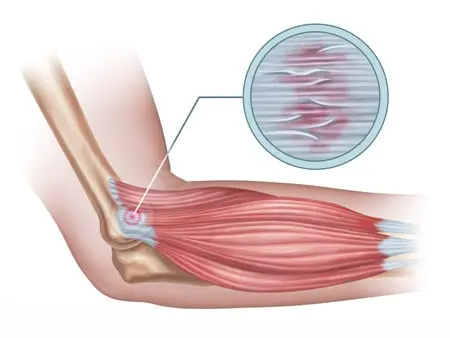
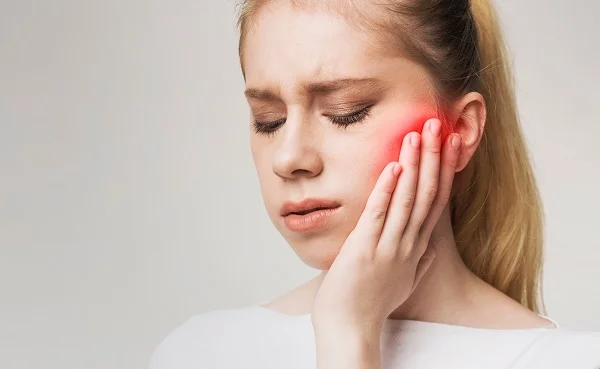
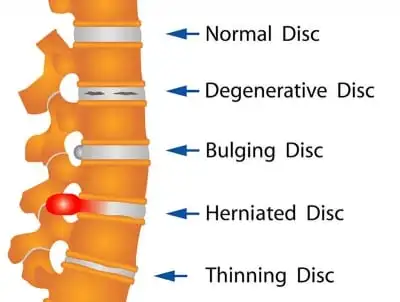
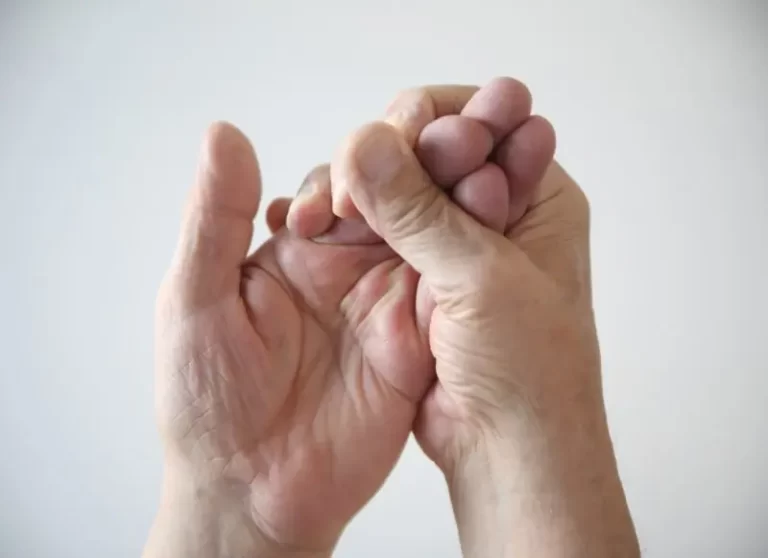
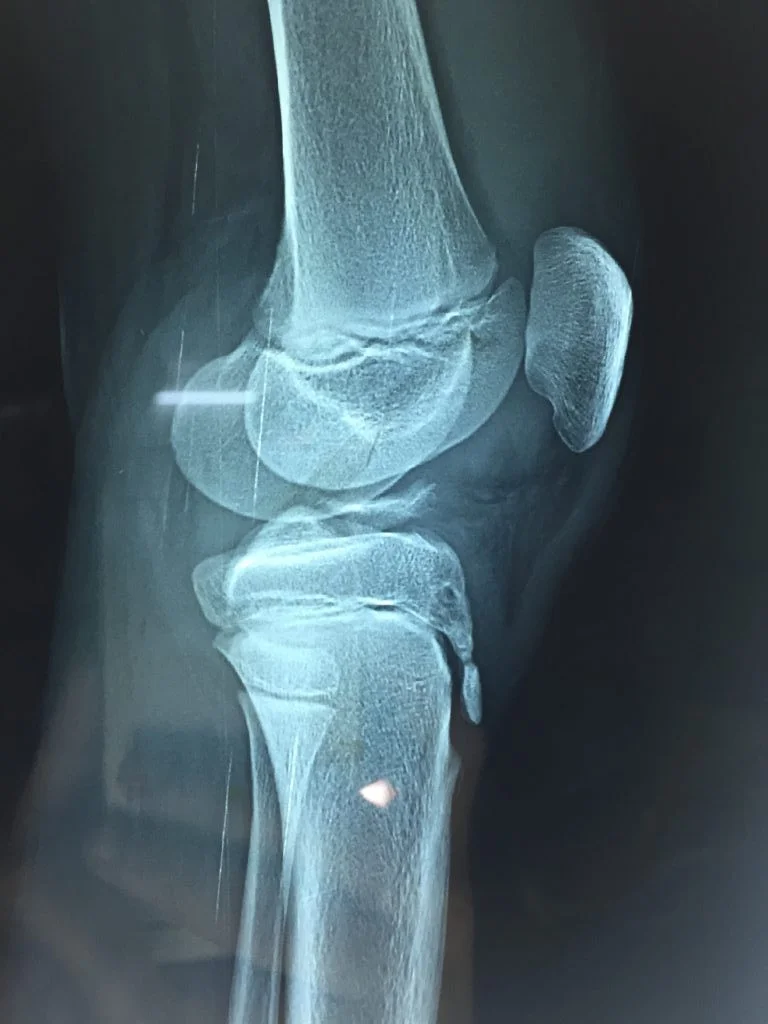
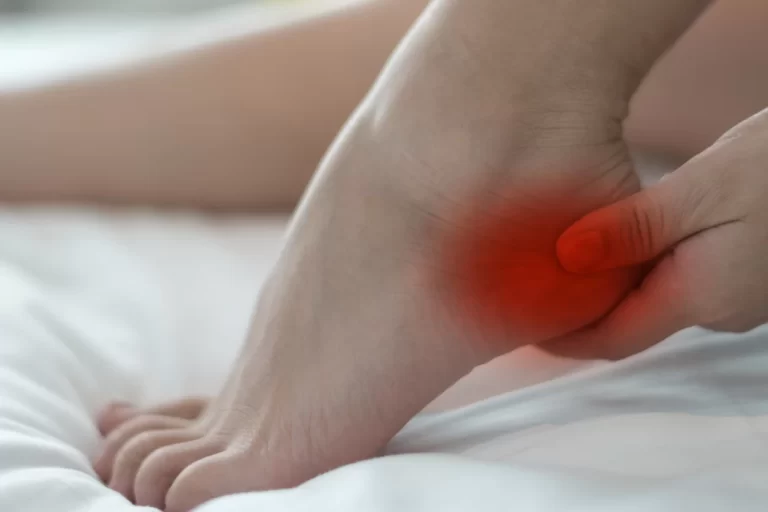
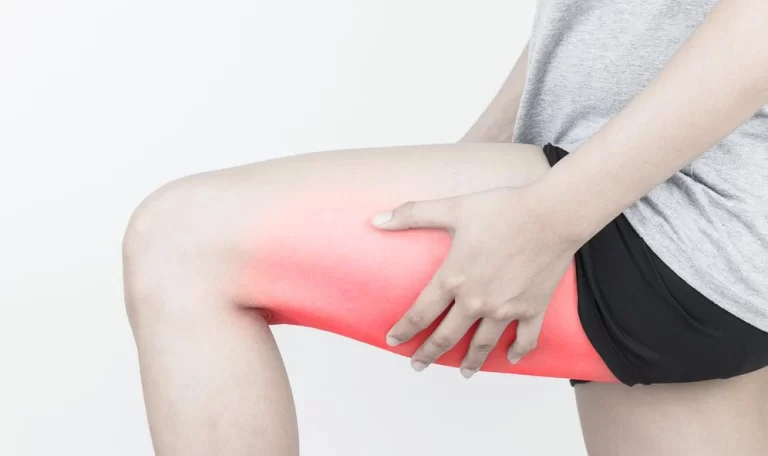
7 Comments